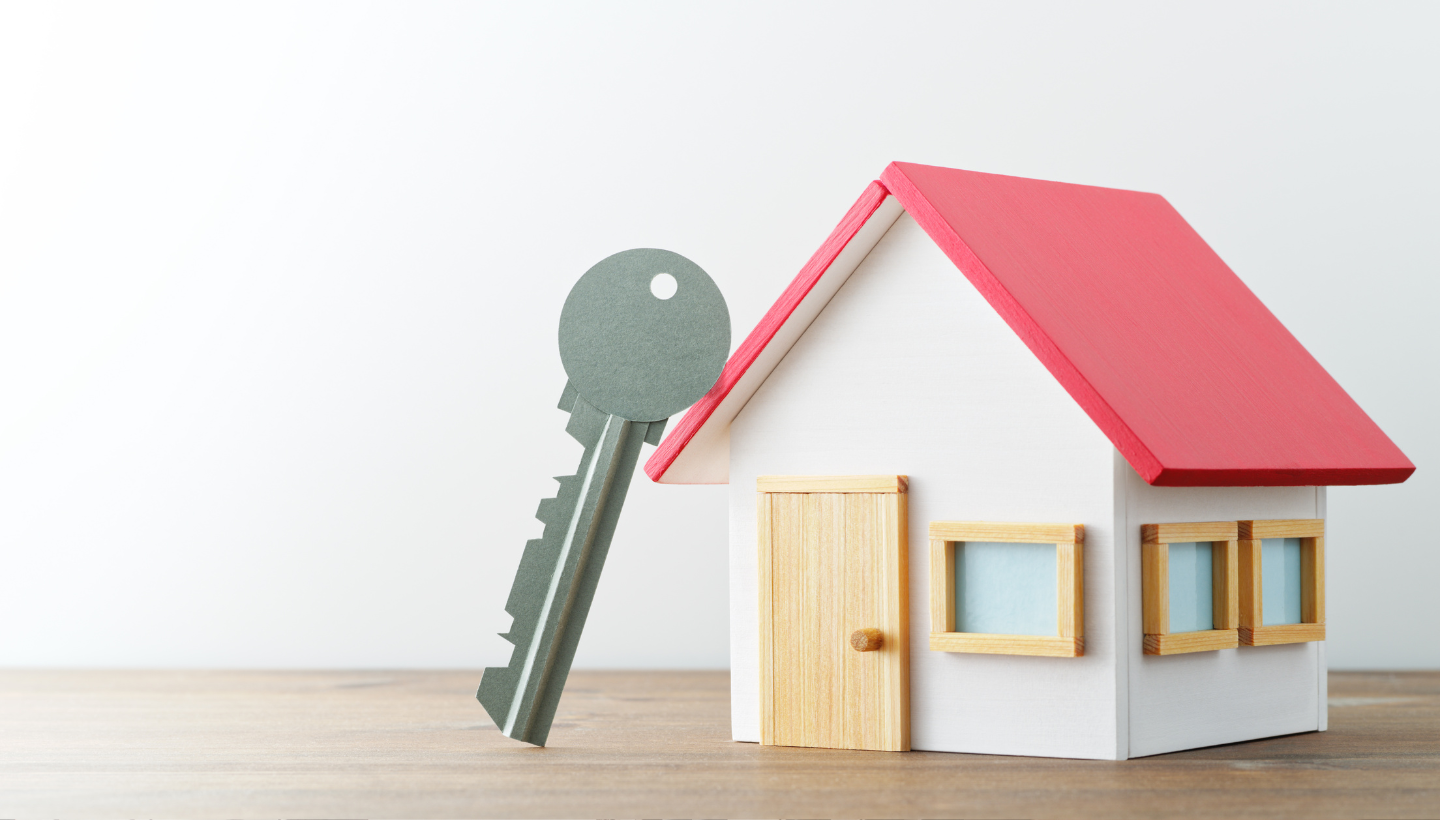The term “first-time homebuyer” refers to an individual who is buying a principal residence for the very first time. These individuals can take advantage of special benefits, such as low down payments, grants, and assistance with closing costs, which are sponsored by state and federal governments. Some lenders also offer incentives and special loans to first-time homebuyers.
One of the major advantages of being a first-time homebuyer is that you may qualify for financial help through various government-sponsored programs. In addition to government assistance, certain lenders may provide first-time homebuyers with additional benefits and special loans.

1. Determine what you can afford
To prepare for buying a home, there are several financial considerations to keep in mind. First, it’s important to organize your finances by creating a budget and calculating how much you can afford to repay each week. Additionally, it’s essential to determine how long it will take you to save for a deposit. Second, understanding the costs involved in buying a home is crucial, including stamp duty, conveyancing fees, inspection fees, and rates. Finally, it’s important to investigate whether you qualify for any concessions or grants that can assist with the costs. For instance, there are options such as the First Home Owner Grant (FHOG), stamp duty exemption or concession, Principal Place of Residence (PPR) concession, or Defence Home Ownership Assistance Scheme (DHOAS) if you are in the defence forces.
2. Secure a deposit
When it comes to saving for a home deposit, it’s recommended to aim for a deposit of 20% to avoid having to pay lender’s mortgage insurance. You can use a savings account, term deposit, or the First Home Super Saver Scheme to save up to $30,000. To determine how much you can save each week and how long it will take to reach your deposit goal, create a budget. However, if affordability is a concern, there are options for additional support, such as the Victorian Homebuyer Fund.
3. Study your future home
To stay informed about the property market in your area, it’s important to keep track of weekly auction results. Attending property auctions can also give you a better understanding of the actual sale price of properties compared to their advertised price. It’s essential to determine whether a private sale is an option in your area or if you’ll need to bid at an auction. Knowing your rights and responsibilities for either option is crucial.
4. Choose the right service providers
To make the home buying process smoother, you may consider getting assistance from professionals. Firstly, research whether you need a buyer’s agent, mortgage broker, or financial adviser to help you. It’s important to choose the right loan by researching different rates and lenders’ fees. You also need to select a reputable solicitor or conveyancer to handle the legal aspects of the purchase. If you’re buying in a termite-prone area, it’s crucial to hire accredited inspectors, such as building and pest inspectors, to ensure that the property is structurally sound and free of pests.
5. Preparing to buy a property
When buying a property, attending property inspections is essential. To do this, create a list of potential properties and attend inspections, and it’s always helpful to take someone with you for a second opinion. Also, test travel times to work to ensure the location is suitable. If inspections occur during work hours, consider speaking with your employer about flexible work arrangements.
Organizing your paperwork is also important when purchasing a property. Arrange pre-approved finance if you plan to buy at auction, and obtain a statement of information from the agents and ask about any items that may be removed from the property before settlement. Get a building and pest inspection, and consider an asbestos assessment for homes built before 1990. Collect the necessary documentation for your home loan application, including proof of identity, payslips or tax returns, and bank statements. Ensure you have the required deposit available, develop a bidding strategy or make an offer for a private sale, and be aware of your cooling-off rights.
6. Purchase your home
When you are ready to purchase a home, the first step is to make an offer. This offer is typically made in writing, through the real estate agent. However, it’s essential to remember that your first offer may not be successful. It’s essential to think of the home-buying process as a cycle rather than a linear process, as each offer you make will give you more knowledge to refine your search.
If your offer is accepted, it’s time to finalize negotiations. You’ll need to exchange contracts and read them carefully. Before doing so, have your legal practitioner or conveyancer check the section 32 vendor’s statement, the contract of sale, and any other settlement documentation. While it’s legal to do your own conveyancing, it’s not recommended unless you’re a legal or property expert. Additionally, arrange payment of the deposit on the exchange of contracts and negotiate a settlement period that works for both you and the current owner. Gather all necessary documentation.
Preparing for settlement involves providing your deposit, notifying your current landlord if you’re renting, checking all items included with the property, and finalizing the full home loan contract with the lender. You should also complete a final inspection and check everything off in the due diligence checklist provided by the estate agent. If your deposit is less than 20%, consider getting mortgage insurance, and think about getting income protection insurance to protect yourself in case of illness or unemployment. This way, you can continue to meet your mortgage repayments.
7. Finalized the deal
Once all the necessary legal and financial requirements have been met, it’s time to complete the settlement process. This includes paying any outstanding fees, such as stamp duty and land transfer fees, and finalizing the property settlement by signing the full home loan contract with the vendor. You’ll also receive the transferred title deeds and documents, which should be carefully checked to ensure accuracy. To protect your investment, it’s important to obtain home and contents insurance before taking possession of the property.
8. Become a Homeowner
To take ownership of your new home, there are several steps you need to follow. Firstly, you need to arrange for the electricity, water, and other utilities to be connected. You can change your energy provider by using Victorian Energy Compare to find the best provider for you. Water is usually turned on at the property, and your provider will set up a new account when they are informed by your solicitor or conveyancer. If you need to switch off or move your home phone and internet, you can do so at this stage.
Next, you will receive the keys to your new home. It’s recommended that you change the locks to increase security, particularly if the home has been rented out before. You may also want to paint or change the carpet before moving your furniture in.












